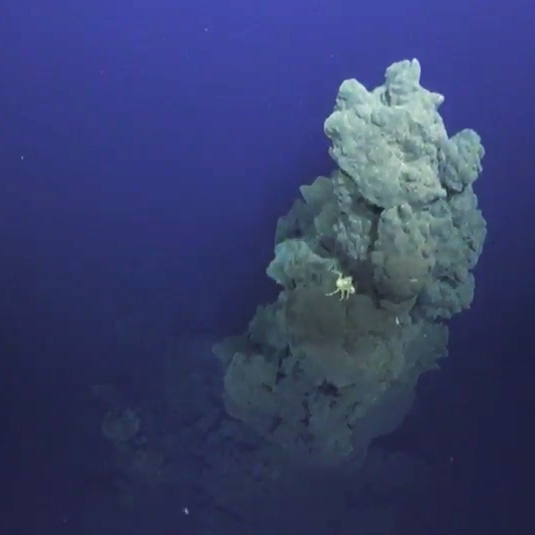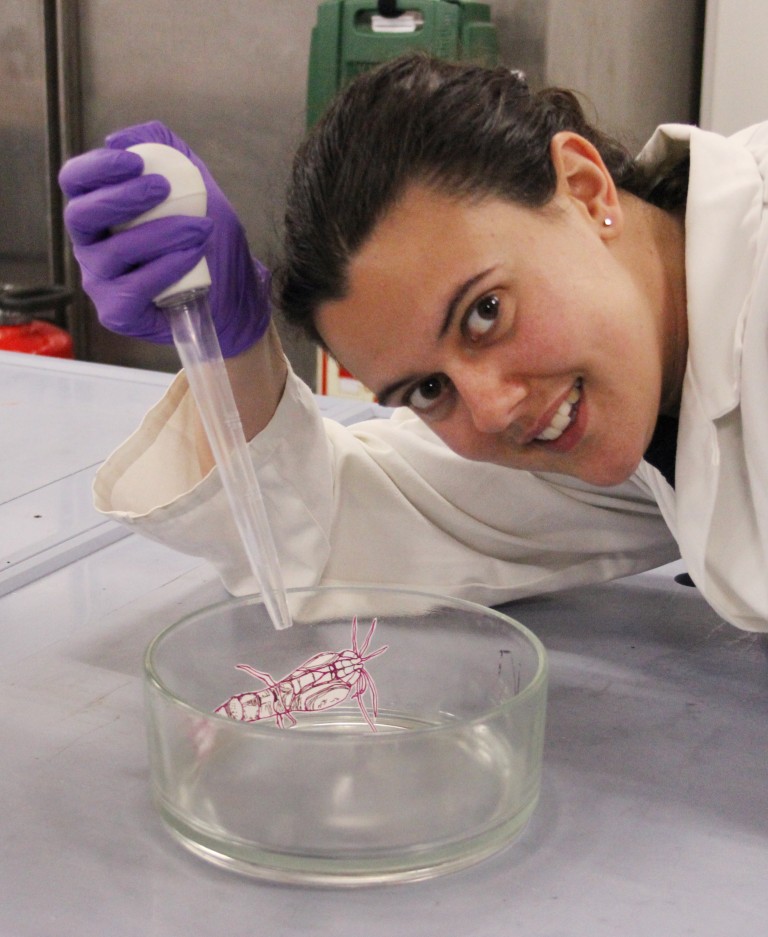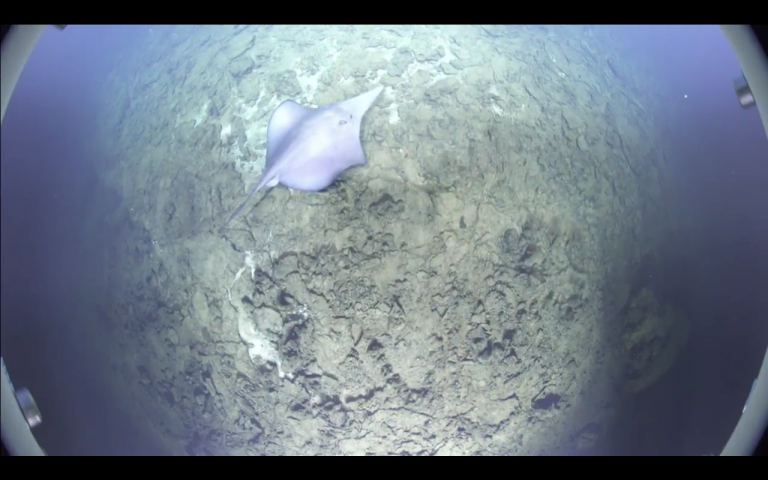Deep-sea hydrothermal vents harbour unique animals that rely on reduced chemicals emitted from the vents to survive. A mile below the surface of the ocean, in complete darkness and at high pressure, these animals thrive in an environment characterised by hot, acidic and sulphurous fluids. Since their discovery in the 1970s, many vent fields have been surveyed in oceans across the globe. These surveys have discovered new habitats and species and have even begun to unravel the origins of life.

Our expedition to the Lau Basin aims to explore two sites. Niua South is a high temperature hydrothermal vent field whilst Niua North is an area of diffuse low temperature venting with a sulphur pit. A previous cruise identified dense patches of vent snails and shrimp alongside crabs and squat lobsters at Niua South. Niua North was host to a vast bed of vent mussels with shrimp inhabiting the sulphur pit. As the biologist on the 2016 cruise to Niua, it is my job to characterise the vent communities we encounter at Niua and to take samples for future studies.
On the sail out to Niua, I’ve been setting up the sampling equipment and the chemicals to preserve the animals that we collect from the vents. These samples will be preserved for species identification and genetic analysis to determine how connected populations at different vents are. By having samples of different vent species I will be able to study them in detail and determine their function within the community. To collect the vent animals, we will be using the deep-sea Remotely Operated Vehicle ROPOS. This robot will use a variety of sampling tools for collection; scoops for the vent mussels; nets for the snails and a suction pump for the shrimp. These animals will be brought to the surface where I will sort them for preservation and further study.

I’m hoping to find one species of mussel, at least two species of snails, three species of shrimp and many other animals, including scale worms, crabs, squat lobsters and fish. These samples would be studied by biologists at multiple institutions to gain as much information as possible. As the interest in mining hydrothermal vents builds, it is increasingly important to understand how vent communities are structured and how they may be impacted by mining activities.


